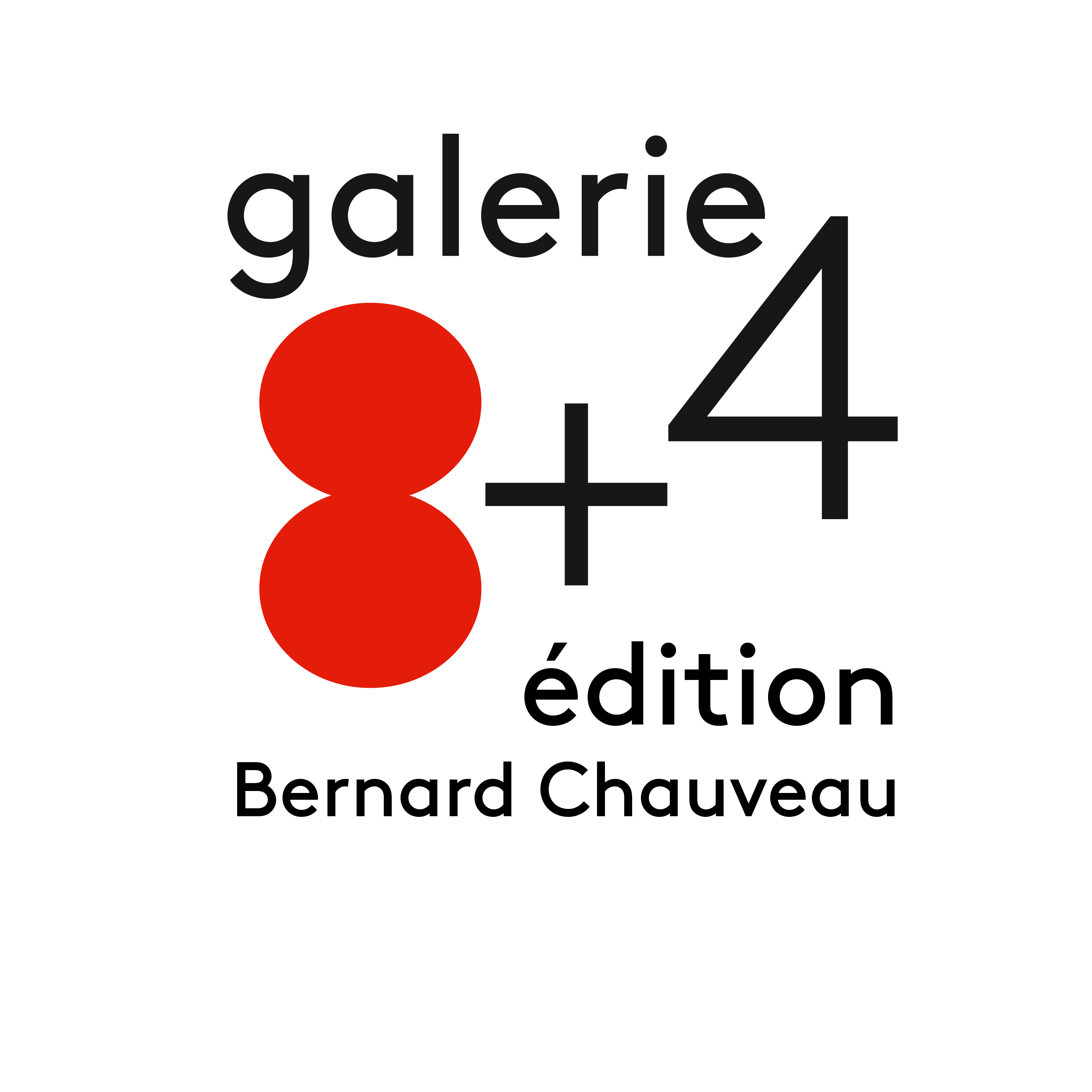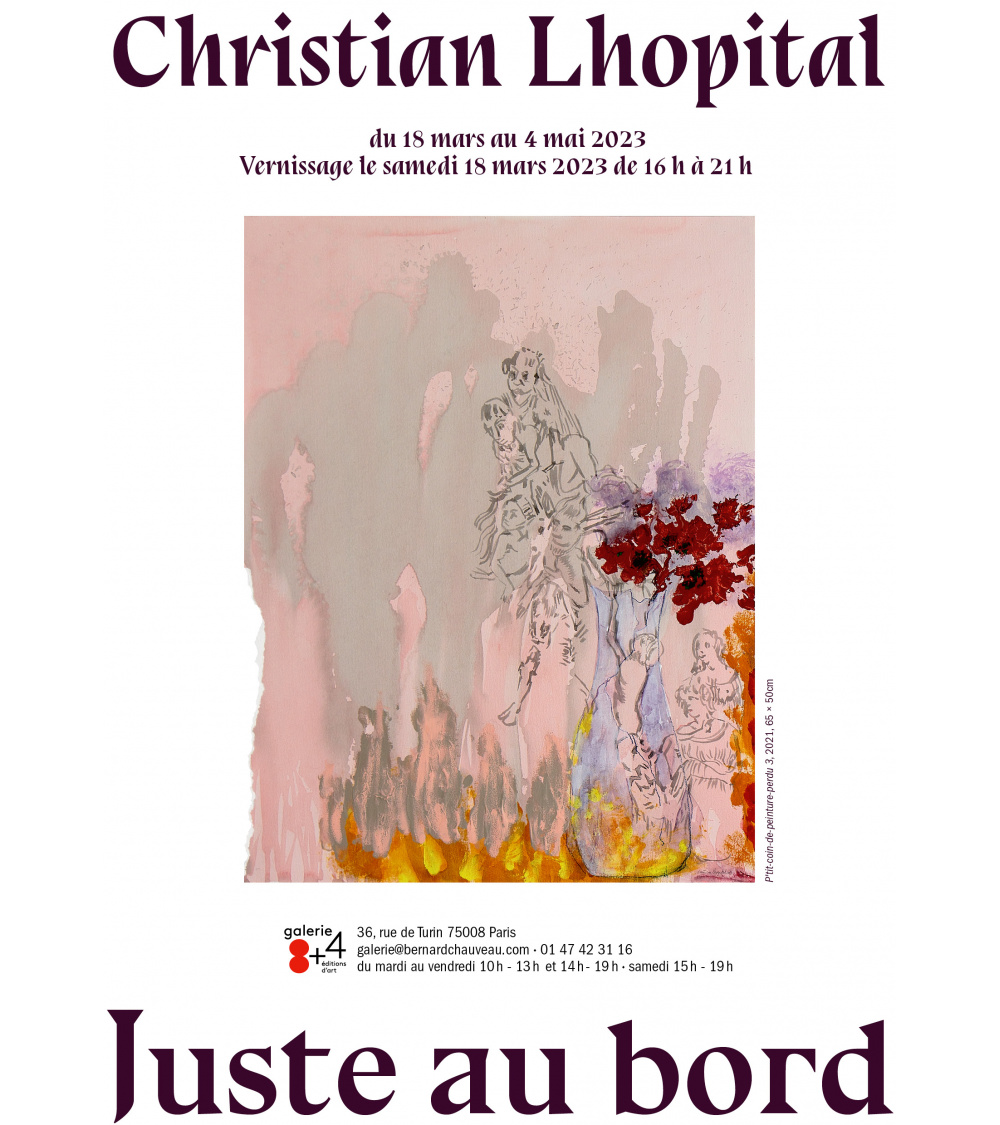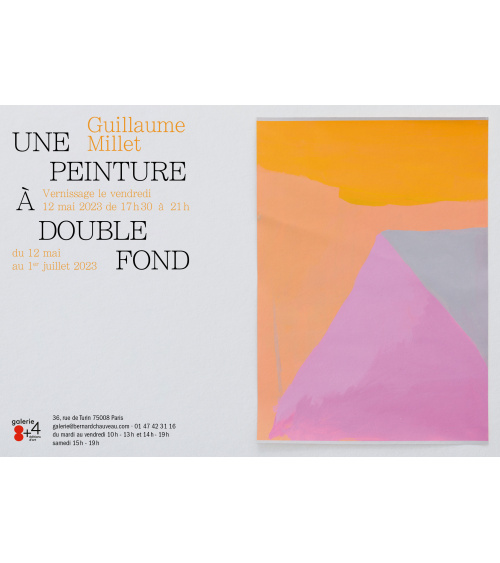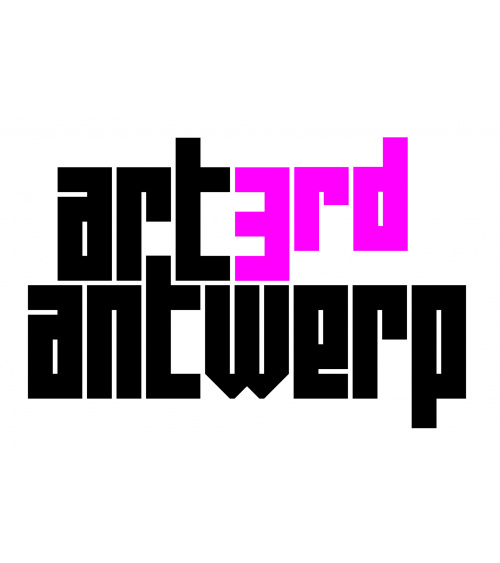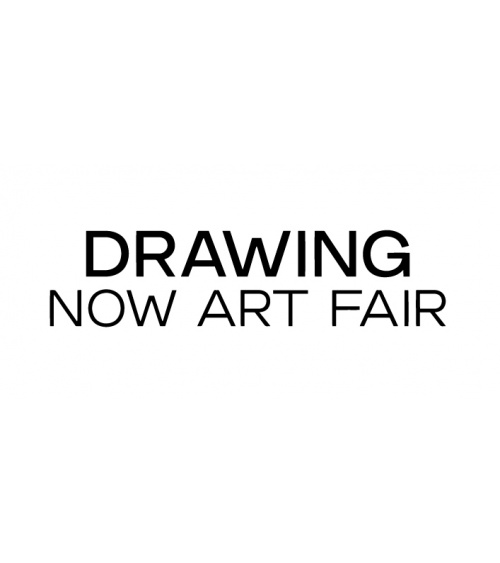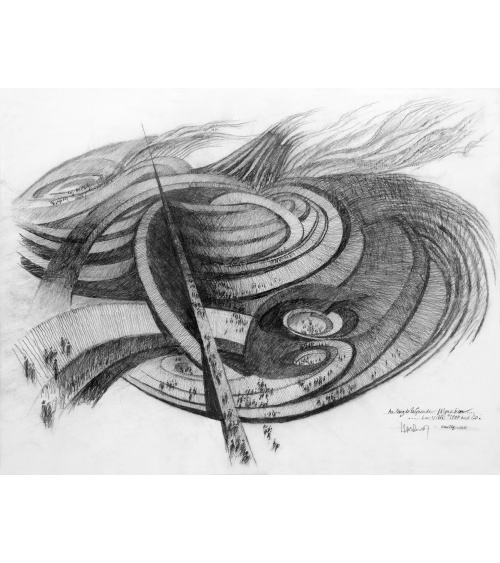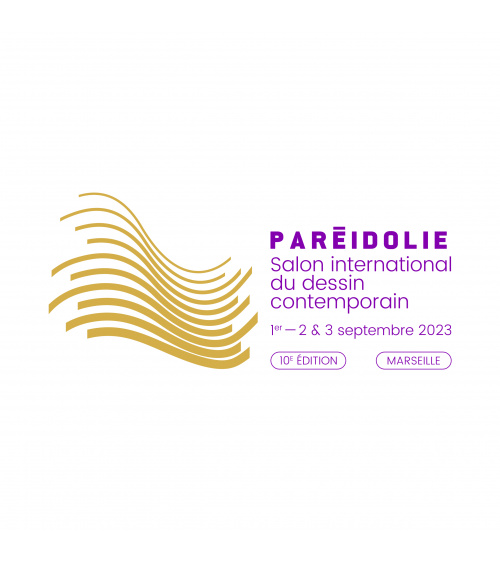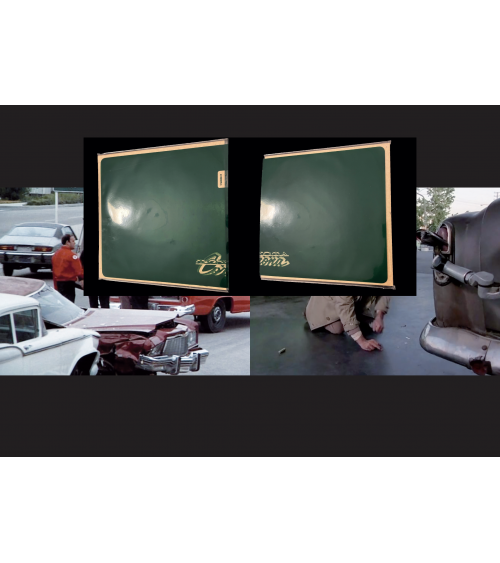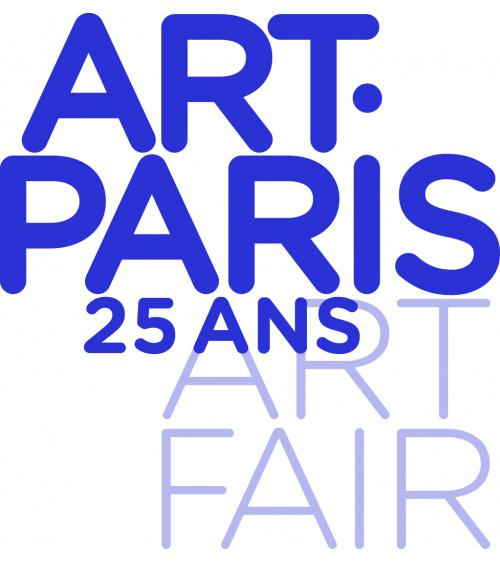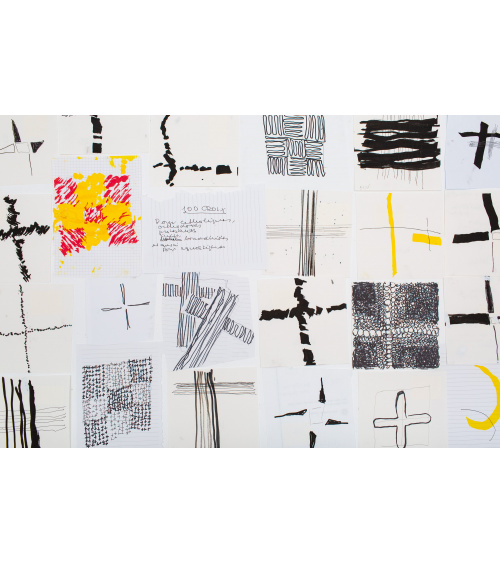Christian Lhopital / Juste au bord
Exhibition, from 18 March to 4 May 2023. Opening on 18 March from 4 to 9 pm.
For his first exhibition at the Galerie 8 + 4, Christian Lhopital puts into tension some of his older works and his new series produced in recent months. Convinced that drawing can only be reinvented if it openly confronts the issues of painting, rubbing, collage, and the image in general, he never ceases to emancipate himself from the constraints to deliver works where representation is suddenly put in crisis. Faces (2015) slowly allows figures to emerge from a maelstrom of colours. The references to the great classical paintings are obvious. De Passage (2019) continues this interrogation of the infra-thin and this threshold where figuration becomes more an evocation of the work of the image than an attestation of reality. The faces are ghostly, as if sucked into the colour. There is something indiscernible here, doubt, a form of suspension between the amused play with colours and the emergence of the human in all its singularity. Fixe Face Silence (2019) plays on this eviction of form. In this series, figures and environment merge in a composition that alters the distinction between background and figure. The drawing becomes a disturbance of vision. Nothing really emerges and it takes a sudden eye forced by the imagination to perceive in this graphite powder with coloured grey tones some hints of a human presence. "I wanted to bring into play the encounter between forms and textures. If these works are not strictly speaking scales that I make, they are regular. Perhaps more than the large formats, they require a great deal of concentration. I would say that the line and the colour are sharper than in the other works.
Made in 2021, P'tit coin de peinture perdu, takes the opposite approach with a precision of line. During the periods following the confinements, Christian Lhopital felt a need for a break. Following the creation of large murals," recalls Christian Lhopital, "I suddenly felt the need for colour. Like all his series, this one finds its raison d'être in his immediate environment: the bouquets that adorn his home.
His renewed interest in this theme is reinforced by his consuming passion for cinema. He is astonished to discover that every film, even the most incongruous, contains at least one bouquet: "I remember a Western in which a bouquet is discovered in an interior scene. But Christian Lhopital knows how common the theme of the bouquet is in painting, even in its most regressive or decorative forms. "This theme of the bouquet in my work is a way of reinforcing the viewer's position in front of an image. What he sees is much more than a bouquet. There are other things going on in these watercolours and acrylics. To be convinced of this, it is enough to look at the backgrounds, all of which are very elaborate. It is also worth looking at the figures that emerge. A distracted eye would only see flowers. But if you pay attention, you discover that these flowers are fake. Although inspired by existing flowers, these motifs are not naturalistic, they are inventions that allow me to work on the tones, the line and the colour. The same goes for the vases. All are quite ordinary, almost vernacular. I absolutely wanted to avoid painting very sophisticated vases from the design world. They are simple containers that allow me to play with the background, the tensions... The tears that appear in the margins of each work are also important. It is a form of alteration of the surface, like a line in space that contradicts or at least dialogues with other lines. They are also forms of alteration directly inspired by those houses in ruins where a collapsed wall reveals wallpaper torn off by time. These tears are also tributes to the poster artists, a group of artists that has always fascinated me. So there is no nostalgia in these paintings. Some people cannot help but see resonances with the great history of painting. But for Christian Lhopital, tearing has other demands. It is a nibbling of the surface. Under his action, the flowers oscillate on that cursed edge that is death and disappearance. Through this simple gesture, the artist opens the work to the fragility of the world and thus to a form of plenitude, that of nature. And surreptitiously that of man.
No customer reviews for the moment.
